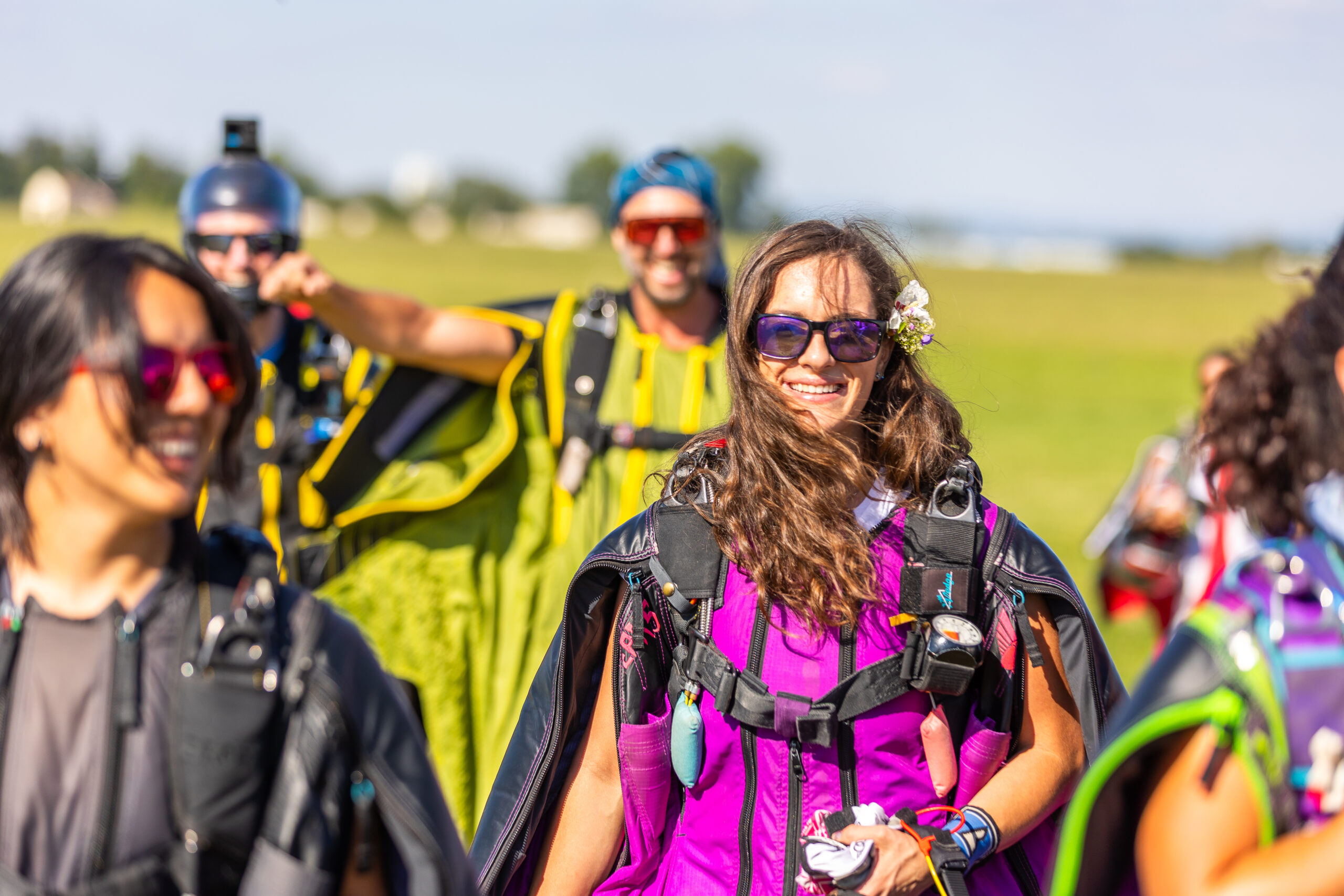Some information may be outdated.
Moab’s medical history is defined by dedicated caregivers both inside and outside hospital walls. From doctors making house calls on horseback to nurses hosting supply drives during pandemics, the Moab community has been adapting to rural healthcare challenges for over a century.
The Moab Museum is proud to exhibit a new satellite exhibition at the Moab Regional Hospital, answering the question “what is a community’s health worth?” Look back to previous issues of the Moab Sun News for our article “Before A Hospital.”
I.W. Allen Memorial Hospital
Last week’s history column recounted the establishment of the Grand County Hospital in 1919, and the arrival in Moab of Dr. Isaac Walter Allen in 1920. Allen served as the town’s main doctor for the next 30 years. Additional practitioners in Moab sustained the region’s medical needs for many years. Nevertheless, with the town’s population and popularity growing, Moab needed an even larger hospital. The citizens of Moab, led by the Chamber of Commerce, raised partial funds in conjunction with a county grant for a new hospital valued at $625,000. In 1957, I.W. Allen Memorial Hospital opened, touting state-of-the-art equipment and a new staff of doctors and nurses.

“This fine hospital which we are dedicating today is a perfect example of the spirit of Moab. It is a symbol of the community outlook, a signpost to the planned future.”
– Utah Governor George D. Clyde at the Allen Memorial Hospital dedication
Like the hospital’s namesake, the new professionals were quickly beloved by the community for their dedication and service. Dr. Winston Ekren, Dr. Paul Mayberry, Dr. Jay Munsey, and Dr. Carroll Goon, as well as the doctors who followed, were extensively involved with local affairs. Medical personnel organized with various entities throughout the community on issues including cancer awareness and mineral resource exploration. Helen Corbin Carter, the granddaughter of J.N. Corbin, and other nurses worked for the American Legion Auxiliary and reorganized the local Red Cross chapter. Local papers provided a close account of hospital happenings, the status of patients receiving care, and expressions of thanks to medical staff from recovered patients.
These exchanges of information fostered a relationship between the hospital and its community and continued in later decades when the hospital was facing financial hardship. A letter to the editor in a 1993 Times-Independent newspaper asked, “What’s a hospital worth?”—advocating public support for the hospital that had medically and economically carried Moab for decades. Furthermore, this important question prompted a continuance of the legacy of care that would take Moab well into the future.

Join us in welcoming a new exhibition to the community this spring at Moab Regional Hospital. The Museum displays Moab’s Legacy of Care in the hallway connecting Moab Regional Hospital to Canyonlands Care Center.
The Moab Museum is dedicated to sharing stories of the natural and human history of the Moab area. To explore more of Moab’s stories and artifacts, find out about upcoming programs, and become a Member, visit www.moabmuseum.org.
Appreciate the coverage? Help keep local news alive.
Chip in to support the Moab Sun News.





